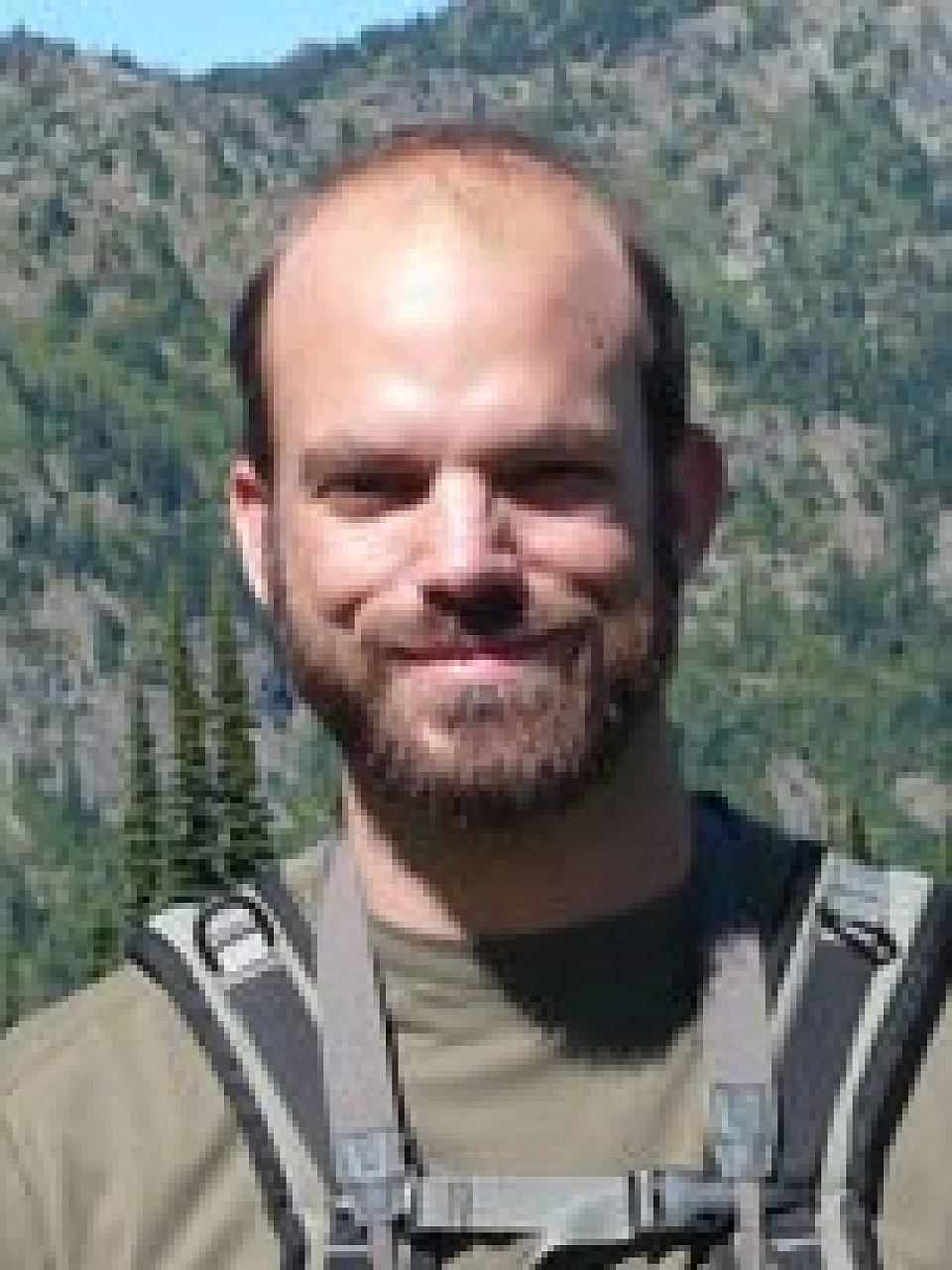About Me
The more outre and grotesque an incident is the more carefully it deserves to be examined, and the very point which appears to complicate a case is, when duly considered and scientifically handled, the one which is most likely to elucidate it."
- Sherlock Holmes, The Hound of the Baskervilles
This Holmesian principle of unusual clues and detective work applies perfectly to unusual organisms and biology. The weirdest lifeforms can trigger Eureka! moments in biology by forcing our brains to consider novel concepts. This is why the Brazelton lab studies extremophilic microbes: weird archaea and bacteria inspire us to consider unusual ideas about ecology and evolution.
One research focus of the lab is the study of serpentinite-hosted ecosystems. These environments host a set of extreme environmental conditions created by a geochemical process known as serpentinization, which releases hydrogen gas, methane, and other simple organic compounds that are attractive food and energy sources for microbes. Serpentinization has been occurring on Earth ever since it became cool enough to have liquid water, and it is also expected to occur on other planets, such as Mars. Therefore, the lessons we learn by studying the weird archaea and bacteria associated with serpentinization are likely to help us understand the origin, distribution, and evolution of life in the solar system.
We take highly interdisciplinary, collaborative approaches to investigate these broad questions, and our lab uses a variety of tools that couple metagenomic techniques with biogeochemistry measurements in the field and traditional cultivation-based techniques in the laboratory. Our field sites currently include the Lost City hydrothermal field in the Atlantic Ocean, the Tablelands Ophiolite in Newfoundland, the Ligurian alkaline springs of Italy, and The Coast Range Ophiolite Microbial Observatory in California. All of these projects are conducted as partnerships with excellent, interdisciplinary teams of collaborators.
3i Bridge/Pillar: Host-Microbe Interactions

